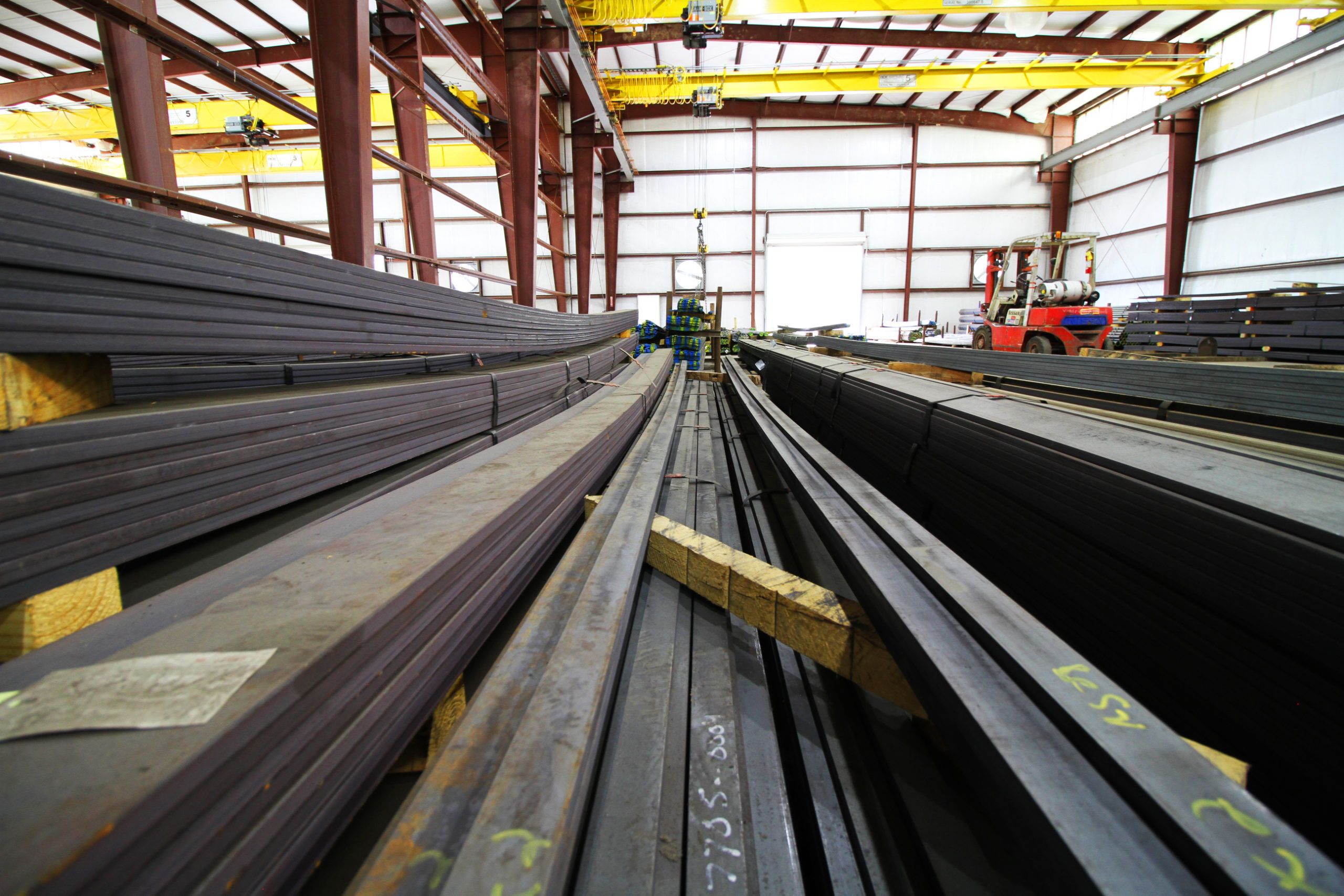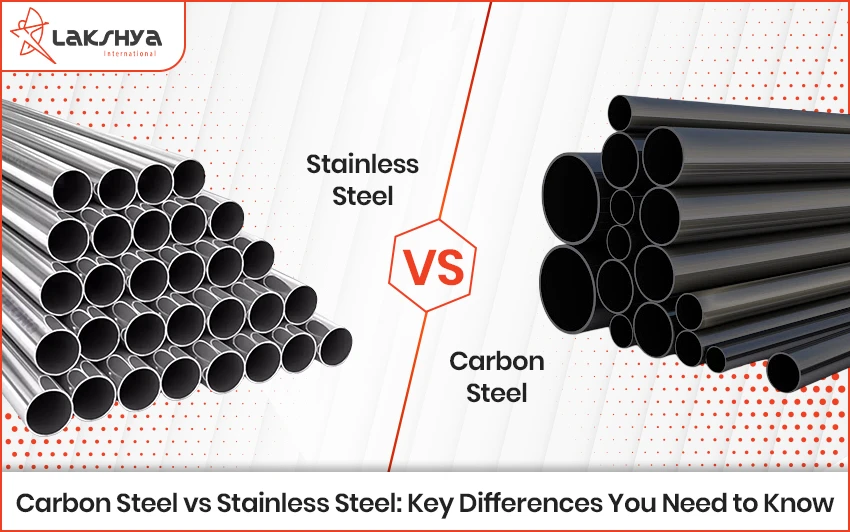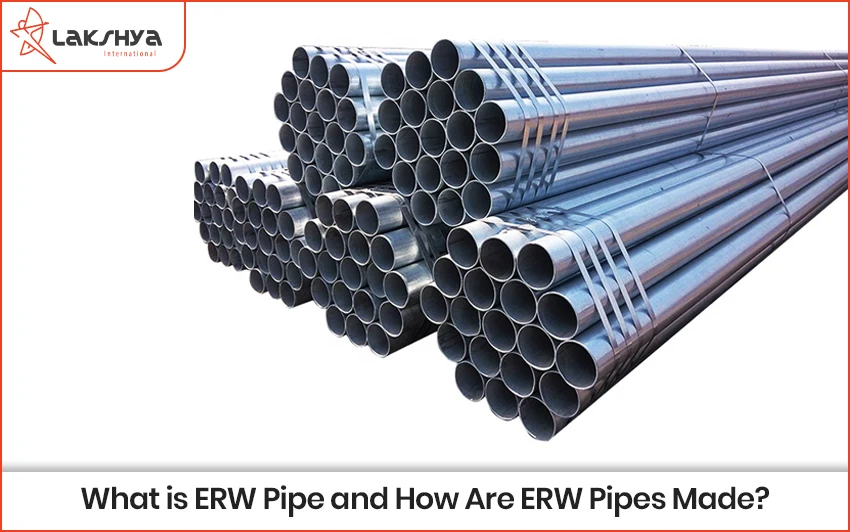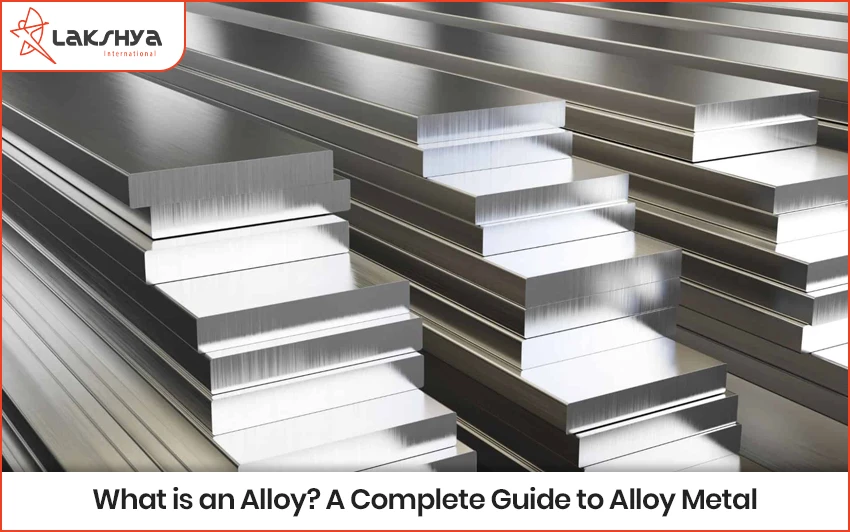Steel is an alloy comprised of different metals, often an iron and carbon mix. Yet, other components are used to create various forms of steel. There are many different sorts and categories of steel, ranging from carbon steel to stainless steel. Each form of steel differs from the others in terms of its chemical makeup.
The chemical composition of standard grade 50 steel
For instance, carbon, manganese, phosphorus, sulphur, and silicon make up standard grade 50 steel, commonly known as ASTM A572-50. With a tensile strength of 65 ksi and a tensile yield of 50 ksi, it is a high-strength, low-alloy steel. See the table below for further information.
The chemical composition of weathering steels
High-strength, low-alloy steels with less than 0.2 percent carbon are also used in weathering steels, producing appropriate formability and weldability. The majority of weathering steels also contain silicon, nickel, chromium, copper, vanadium, manganese, phosphorus, and sulphur. The tensile yield is 50 ksi for weathering steels, and the tensile strength is 70 ksi.
The purpose of weathering steels is to offer improved mechanical characteristics and resistance to atmospheric corrosion. Weathering steels naturally produce a protective patina layer when exposed to the environment; this layer is created by the specific distribution and concentration of alloying elements within the steel. When exposed to weather, the patina continuously regenerates to prevent corrosion.
ASTM specifications for weathering steels
A series of ASTM requirements and a number of trademarked specifications with comparable corrosion-resistant qualities are known as weathering steels. A588, A242, A606-4, A847, A871-65, and A709-50W are among the ASTM requirements. The main trademarked item is Cor-ten®, the brand name of atmospheric corrosion-resistant steel used by United States Steel Corporation (USS). Depending on the final product, a suitable ASTM weathering steel specification should be chosen. For instance, structural forms, plate, and bar are covered by ASTM A588 while steel plate up to a half-inch thick is covered by ASTM A242.
Lakshya International For High Strength Weathering Steels
There are numerous applications for weathering steel, which is offered in a variety of grades, specifications, and shapes. Knowing which type of weathering steel to use for your application can help you avoid wasting time and money on extra processing because different types of weathering steel are better suited for different uses.
Lakshya International, founded in 2012, is a distributor of High Strength Weathering, High Strength, and Abrasion Resistant Steel goods. Call a seasoned sales professional and we will assist you in determining the optimal steel type for your project.
Read More
5 reasons to use Corten weathering steel: Corten weathering steel is better than other types of structural steel because it doesn’t rust. The rust that naturally forms on weathering steel helps it last longer, which keeps costs down.
Weathering Steel: A Guide to Corten and the A/B Equivalents, Origins & Standards: Weathering steel (WS), also called low-alloy steel, is a type of steel with a carbon content of less than 0.2 wt.% and a total of no more than 3.5 wt.% of alloying elements, mostly Cu, Cr, Ni, P, Si, and Mn.




